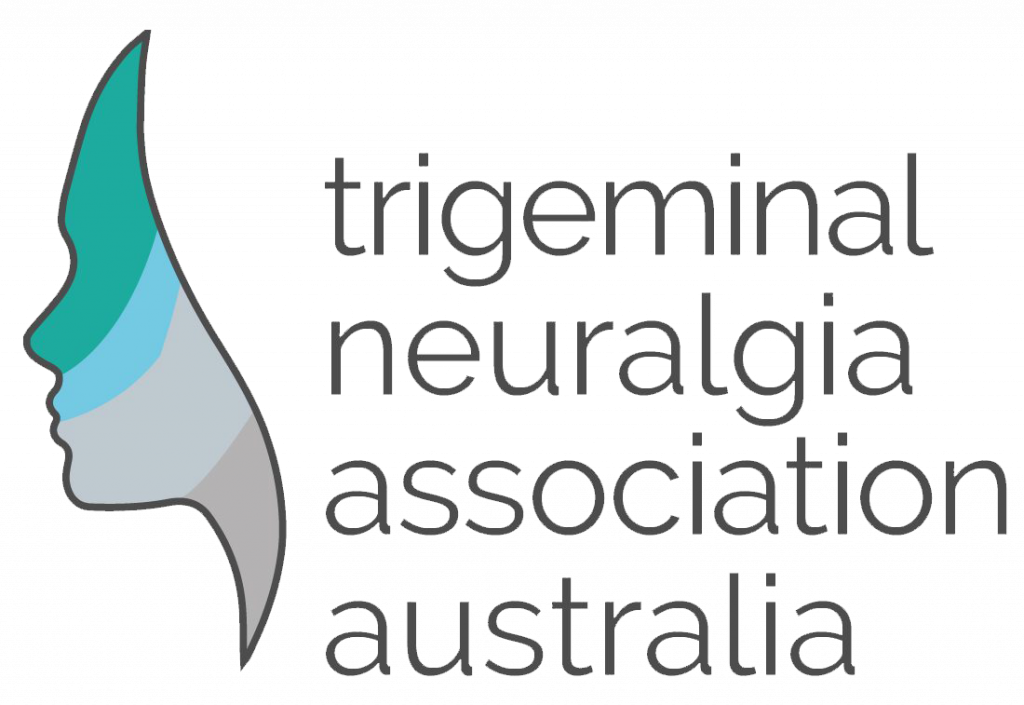Factors that may affect recurrence of trigeminal neuralgia after percutaneous balloon compression
Most sufferers with trigeminal neuralgia have heard of the surgical treatment, Microvascular Decompression (MVD for short), but fewer know about percutaneous balloon compression. I can speak from first-hand experience of…



